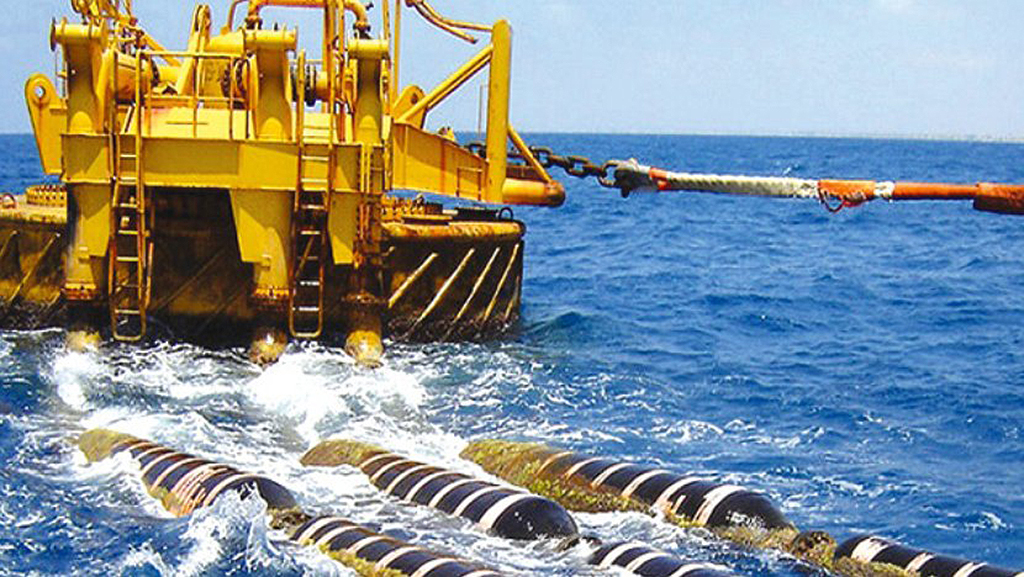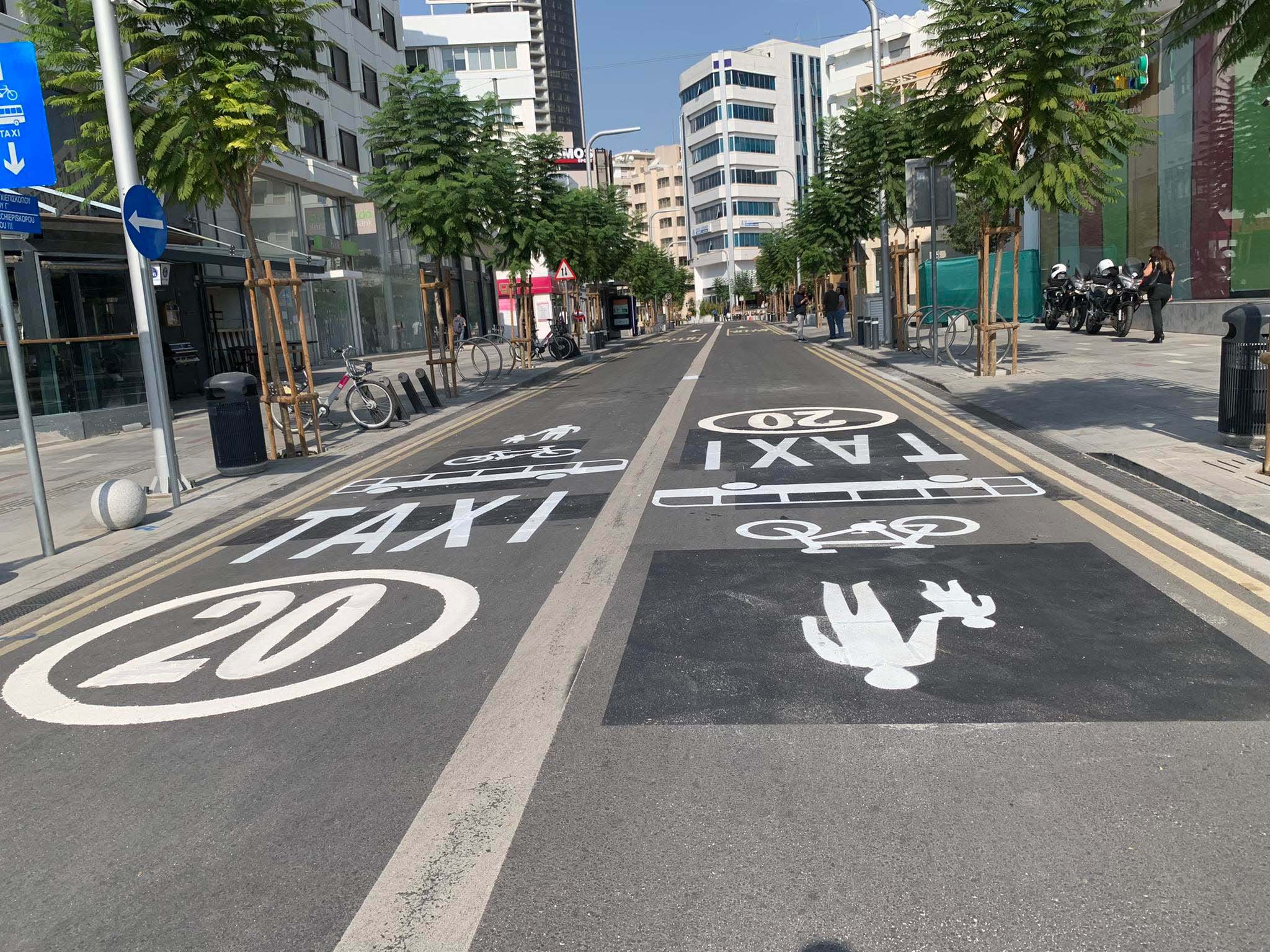Cyprus’ electricity regulatory authority (Cera) on Friday approved cabinet’s decision over the future of the Great Sea Interconnector project, adopting the requests of Greece’s Independent Power Transmission Operator (Admie).
Specifically, Cera greenlighted the decision that the Republic of Cyprus will pay €25 million per year from January 2025 through to December 2029. The total maximum revenue allowed to be recovered for the five years is set at €125m.
The regulator decided the duration of the weighted average cost of capital (WACC) premium would be set at 3.7 per cent for 17 years, starting January 2025.
It also decided that the annual difference between the approved actual incurred costs and the €25m for the period 2025-2029 will be capitalized at a WACC of 8.3 per cent.
The above applies on the basis of assurances from Cera and Nexans Norway that the total cost of the project at €1.9m will not increase more than five per cent after the latter completes its study and constructs the cable.
Where the government’s €25 million pay is concerned, this is to subsidise a possible increase in electricity bills so that consumers are not burdened by the increased costs.
The amounts would be disbursed from a fund of the Republic, specifically from the auctioning of greenhouse gas emissions rights, as per a cabinet decision last week.
The Great Sea Interconnector project – currently costed at approximately €1.9 billion provides for a subsea electricity cable linking Cyprus to Crete.
It seeks to connect the island’s grid to the European grid, enhancing energy security.
Earlier this month, US ambassador to Cyprus Julie Fisher said Cyprus should take the opportunity for the interconnector project or it will be left behind to burn mazut and struggle with its green transition.
The ambassador specified Cyprus stands alone in terms of its electricity connection “and it is in a very precarious place.”
If Cyprus does not get it right, “these opportunities will pass by, and Cyprus will get left behind.”







Click here to change your cookie preferences